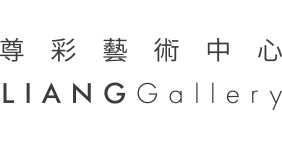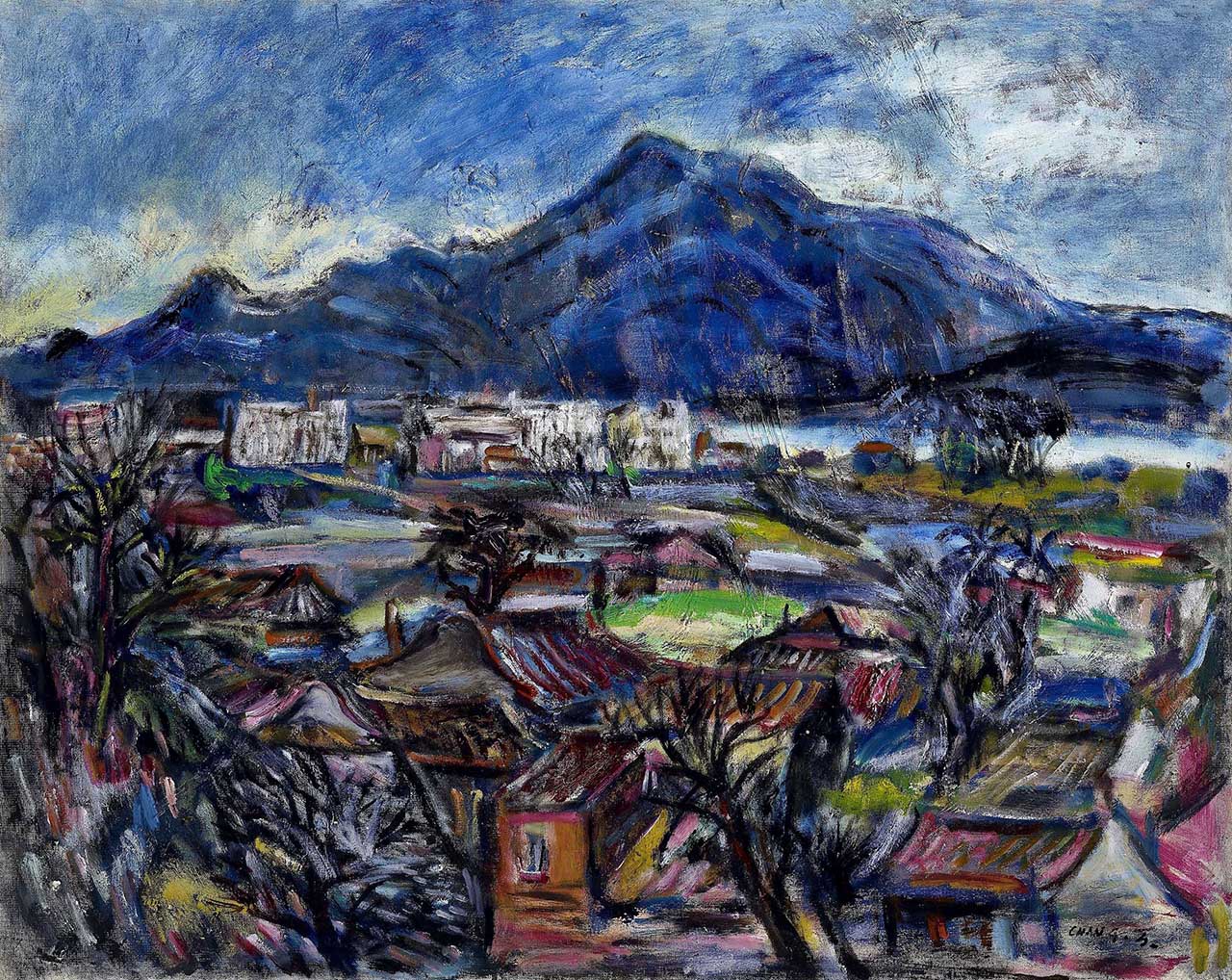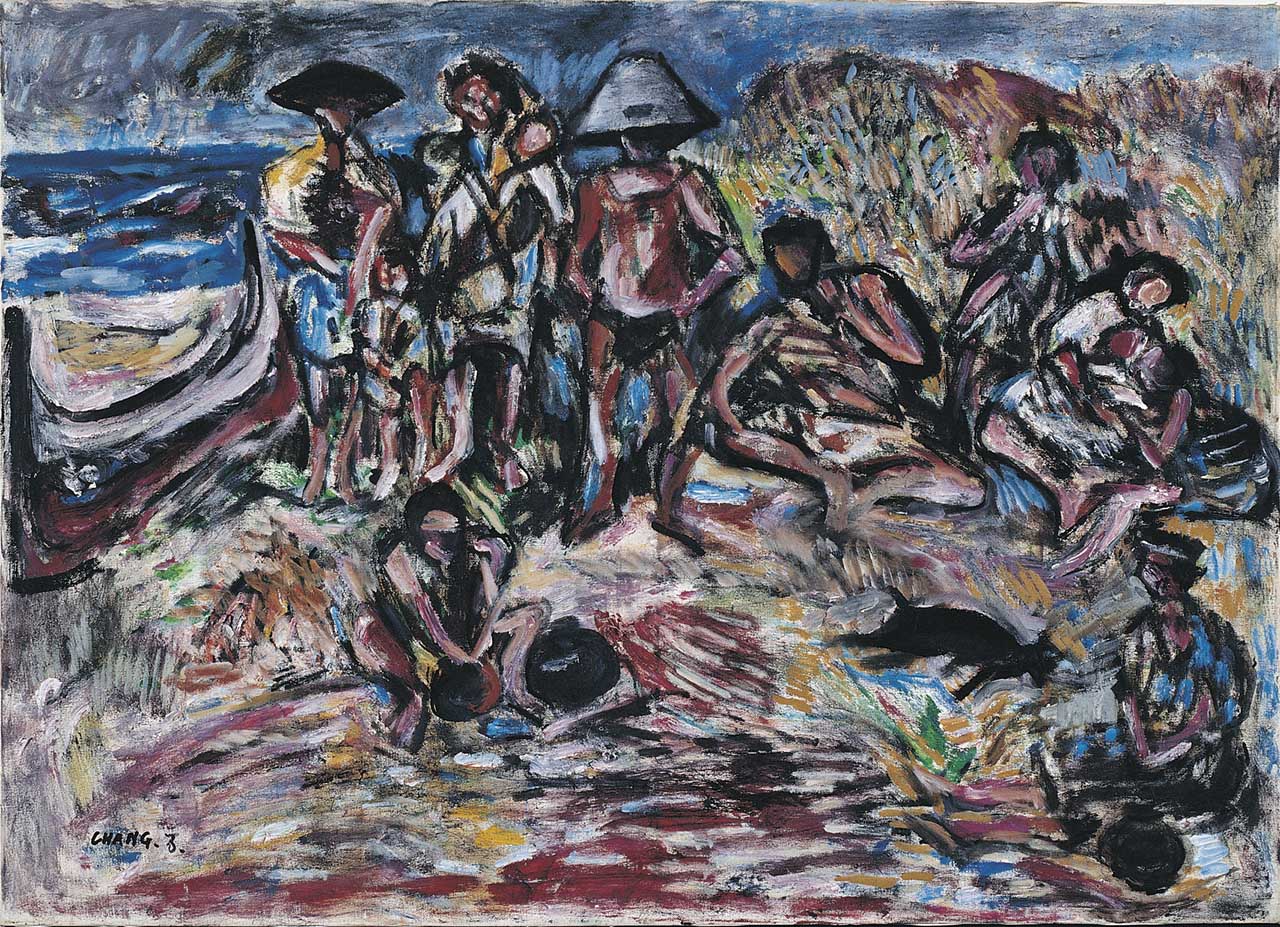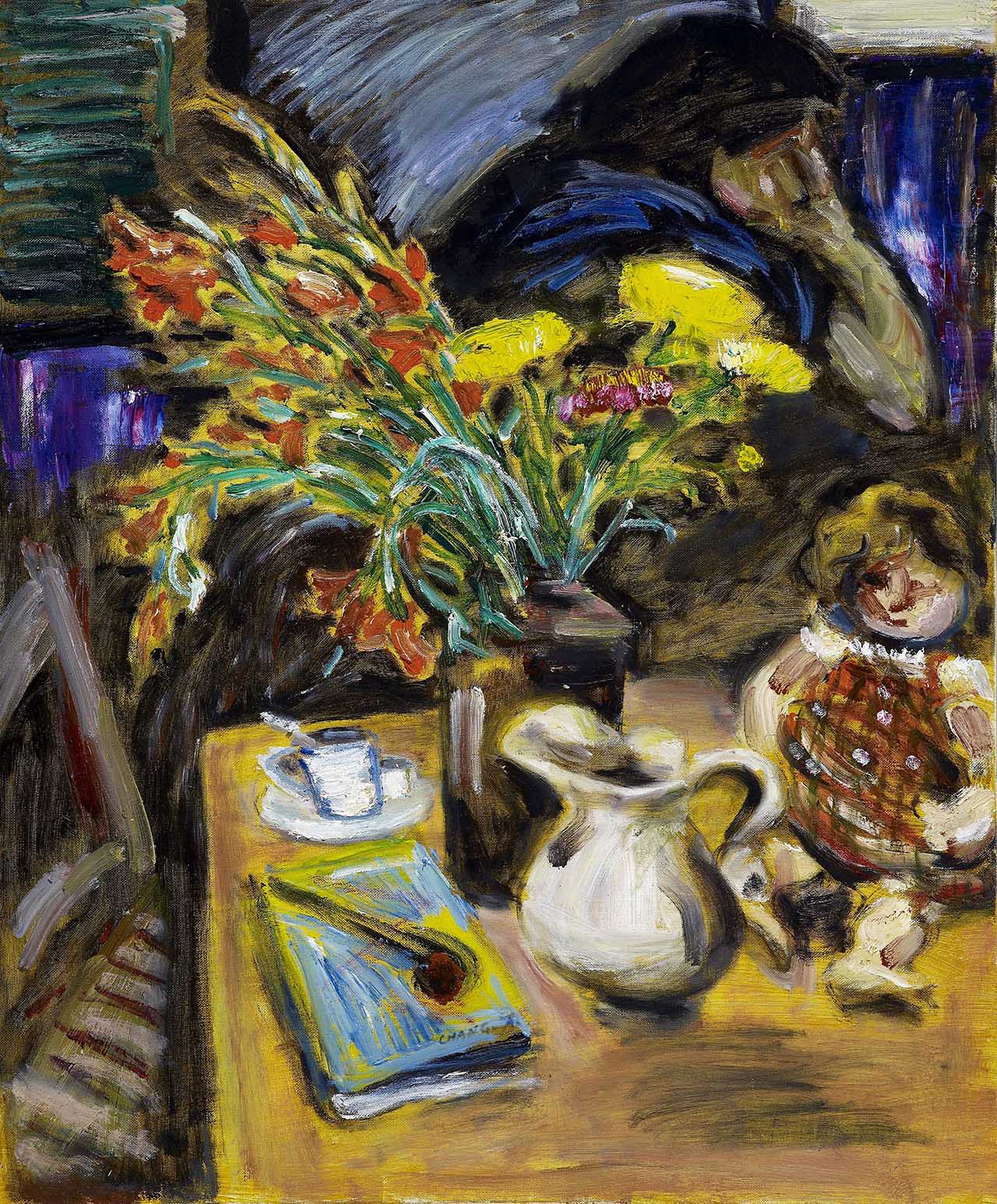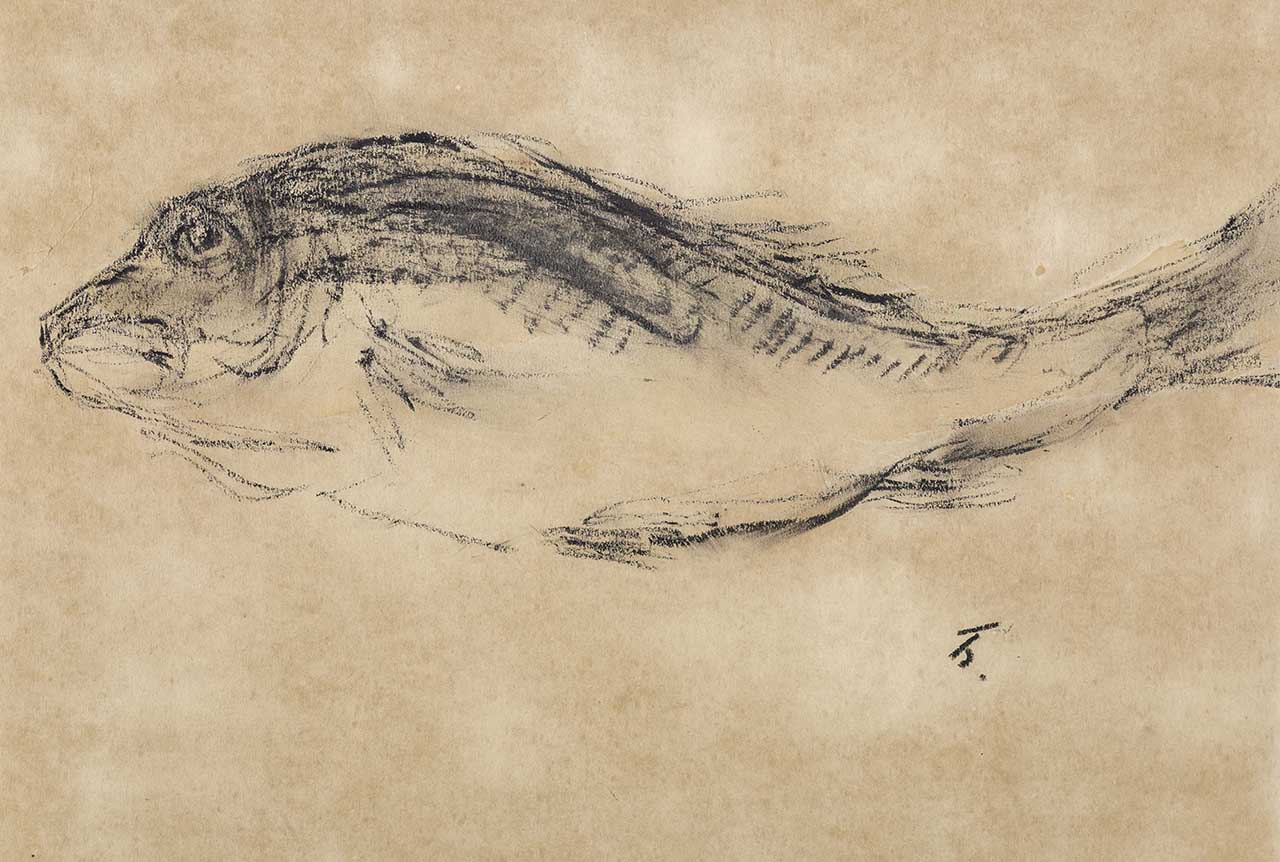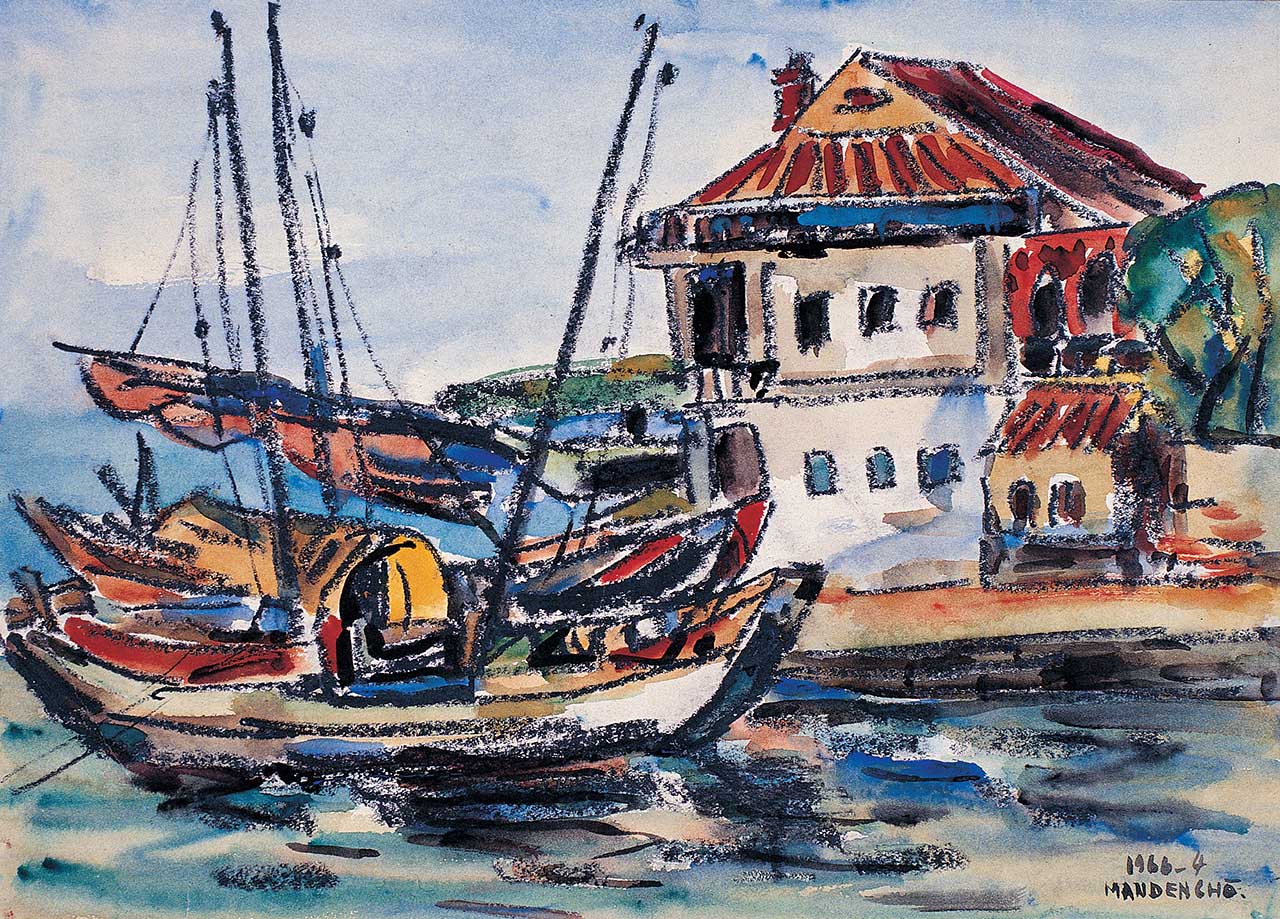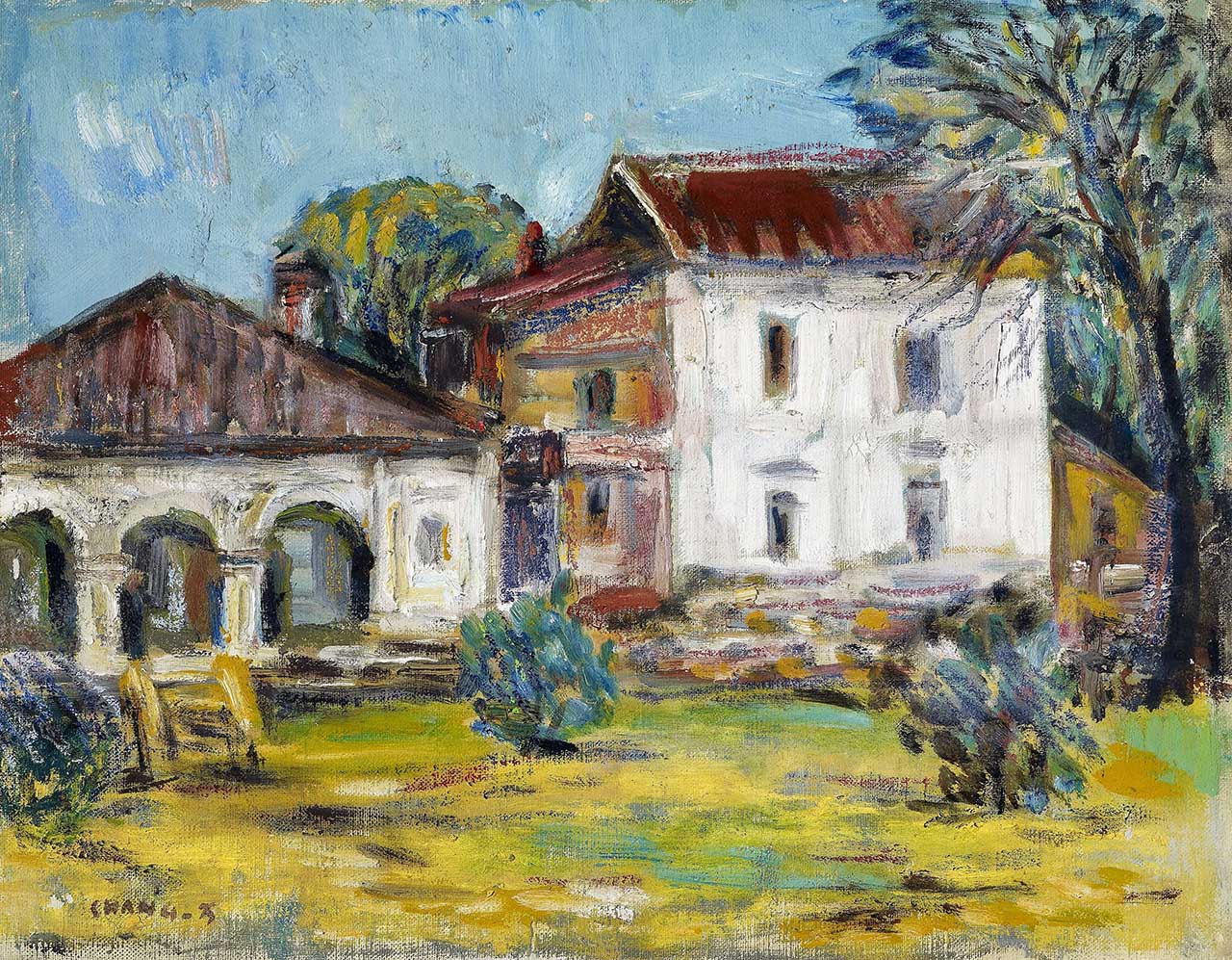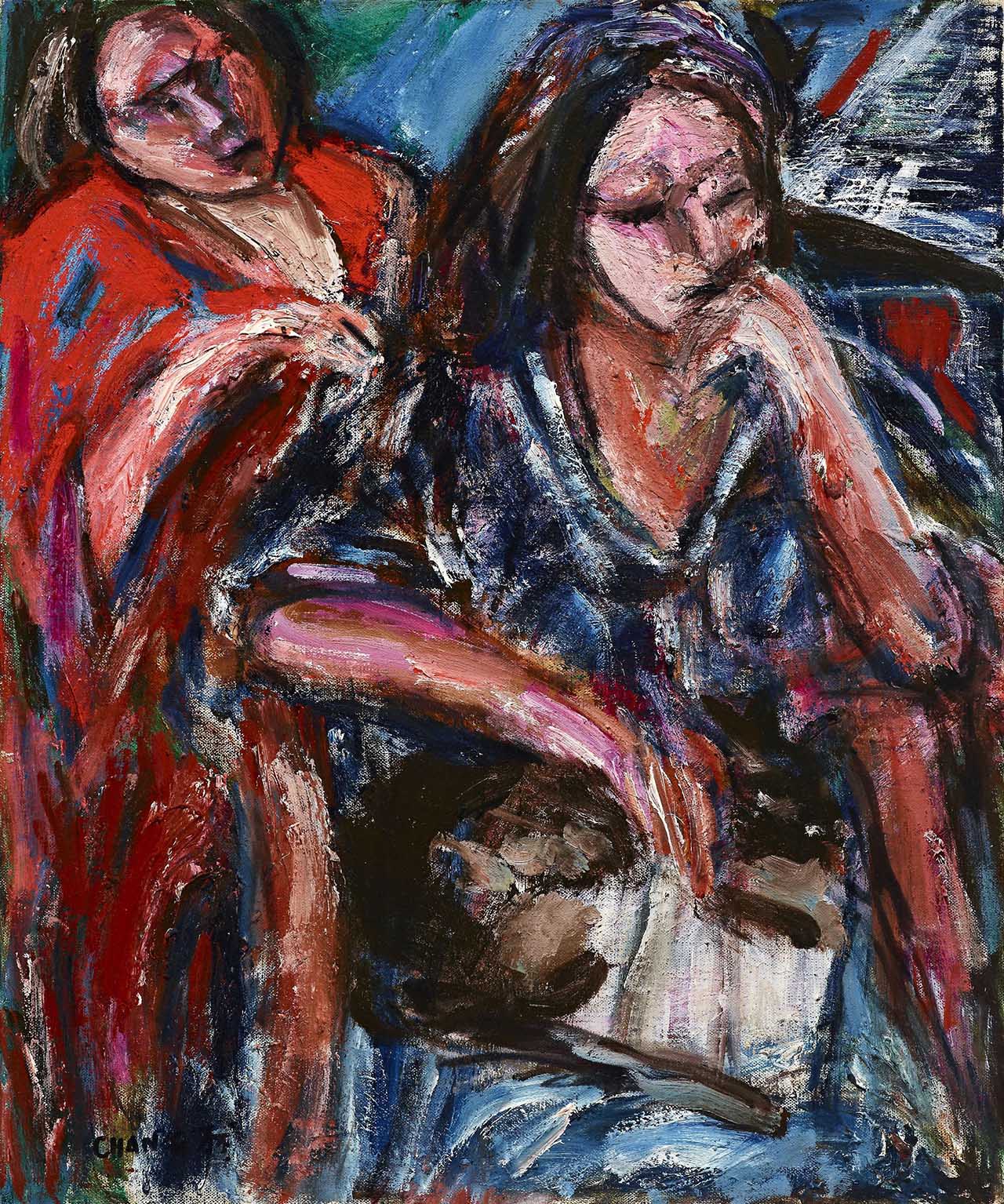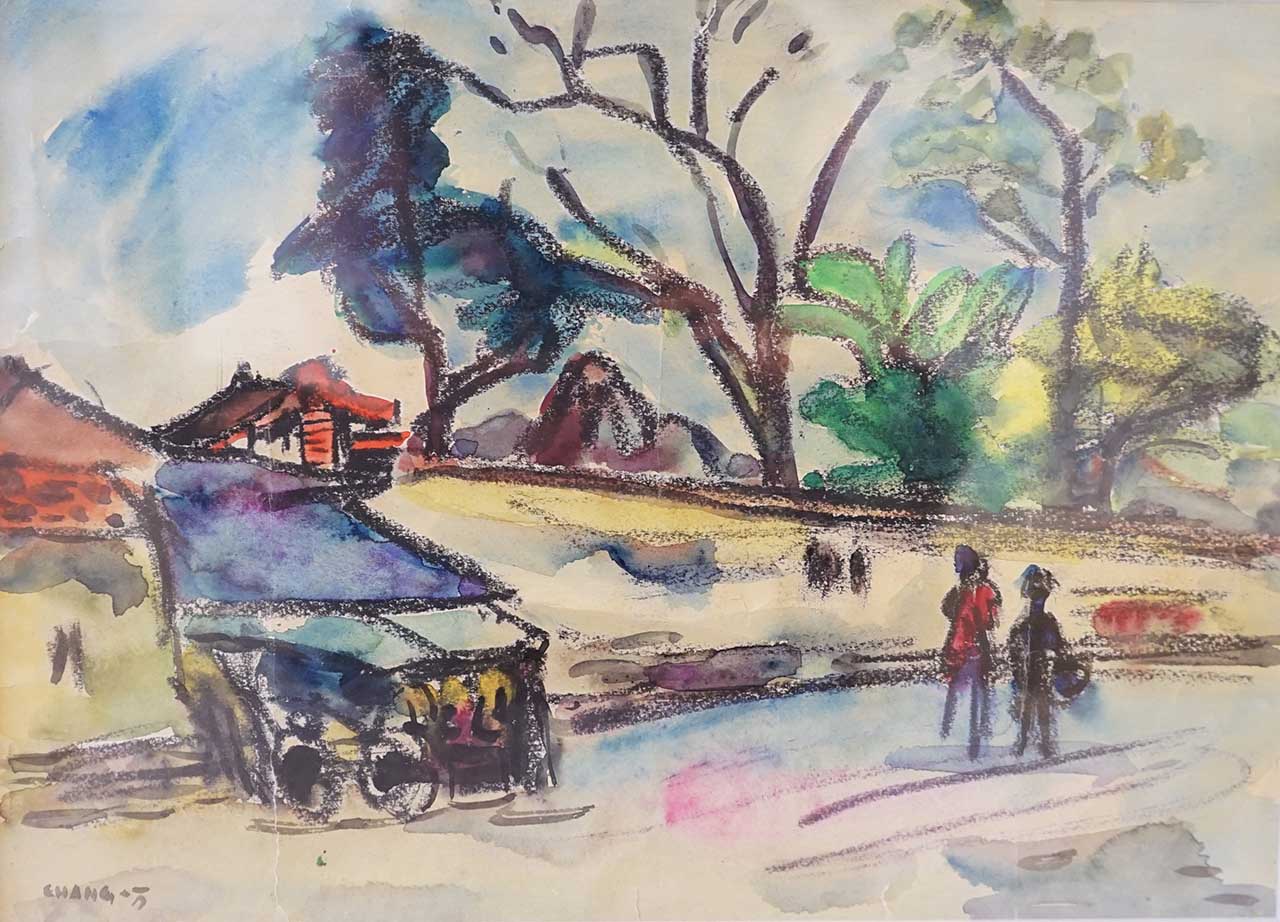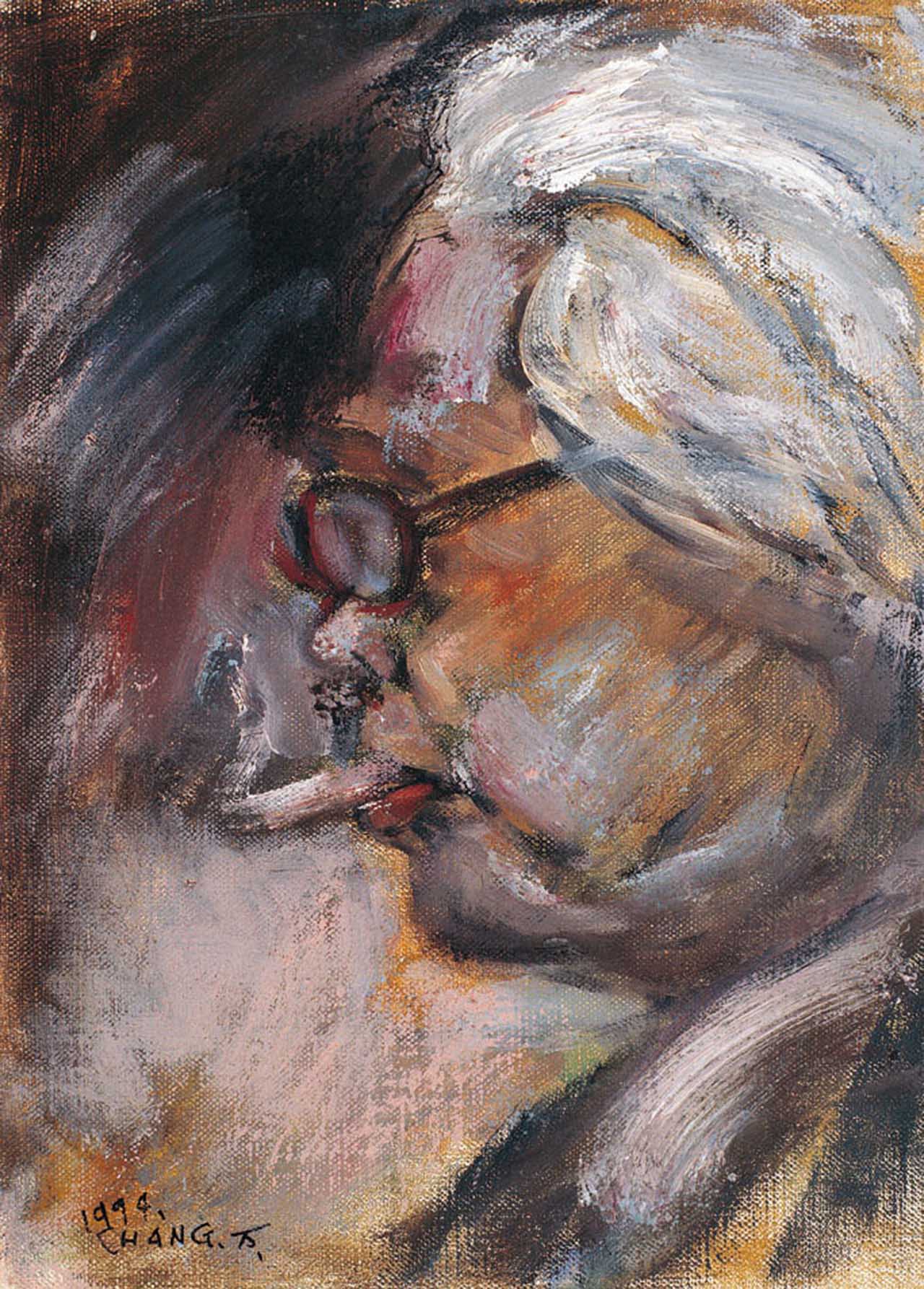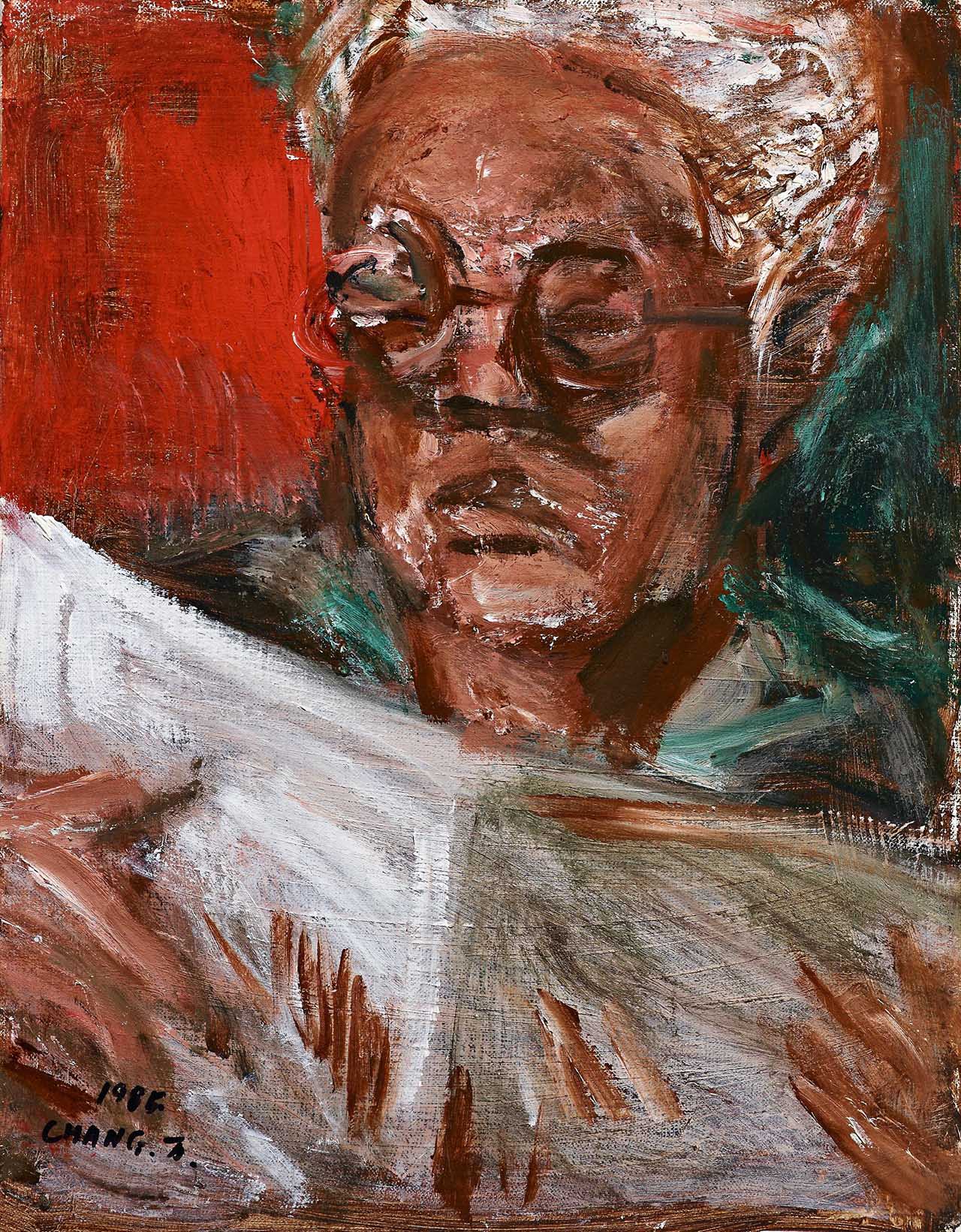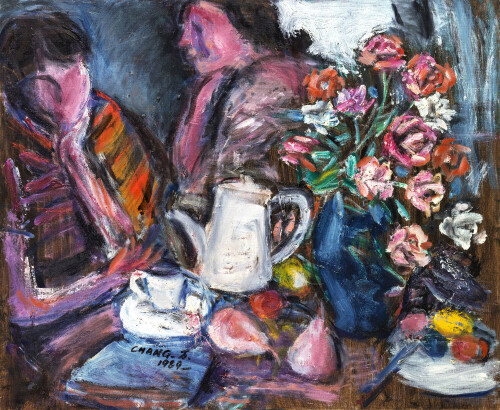Chang Wan-Chuan was born in Tamsui, Taipei in 1909. After graduating from the high school program at Shilin Public School, he entered the Graduate School of Painting financed by Ni Chiang-Huai in 1929, where he met Chen Chih-Chi and became good friends with Hung Jui-Ling and Chen Te-Wang. In 1930, he went to Japan for advanced study at Kawabata Gagakou (Kawabata Painting School) and Benxiang Art Graduate School. In addition to the solid training at Kawabata Gagakou, he also learned a lot from the exhibitions he visited. Based on the influence of Japanese avant-garde art group, Ecole de Paris, Les Fauves, and Expressionism, Chang still maintained his artistic uniqueness and freed himself from the conventions.
In the March of 1938, two months before Tai-Yang Art Exhibition, Chang Wan-Chuan founded the art group MOUVE with fellow artists such as Hung Jui-Ling, Chen Te-Wang, Lu Chi-Cheng, Chen Chun-Te, and Huang Ching-Cheng, and presented the debut exhibition of MOUVE. In the October of the same year, Chang Wan-Chuan started to teach at Shiamen Art School, and frequently commuted among Japan, Taiwan, and Shiamen. The landscape paintings featuring Shiamen, Gulangyu Island, and Tamshui were full his unique style. In 1938, his painting “Gulangyu Island” was selected in the first Taiwan Fine Art Exhibition. After the end of WWII, his artistic theme was expanded to include fish and female nude. The artistic concept was more symbolic rather than figurative, while a great variety of expressions were freely integrated in an exquisite way. Professor Hsiao Chong-Ray, an art history scholar, has described Chang Wan-Chuan that “a tall, strong man like him surprisingly has a delicate and sensitive soul which can never be tamed.”
After he was retired from the teaching career at Ta-Tung High School, the 67-year-old artist traveled to Europe alone in 1975, where he reached another peak of his artistic career. The powerful and unrestrained strokes in his paintings silently reveal an elegant and delicate style. Under the rich and solid texture, it has a slight touch of melancholy and sorrow. These qualities echo the desire of wandering in his soul. The exquisite and elegant paintings of Chang truthfully reflect the inner spirit of the artist. Making the best use of the unique quality of oil paint and sketches, Chang indeed deserves his fame through his perfect artistic expression.
